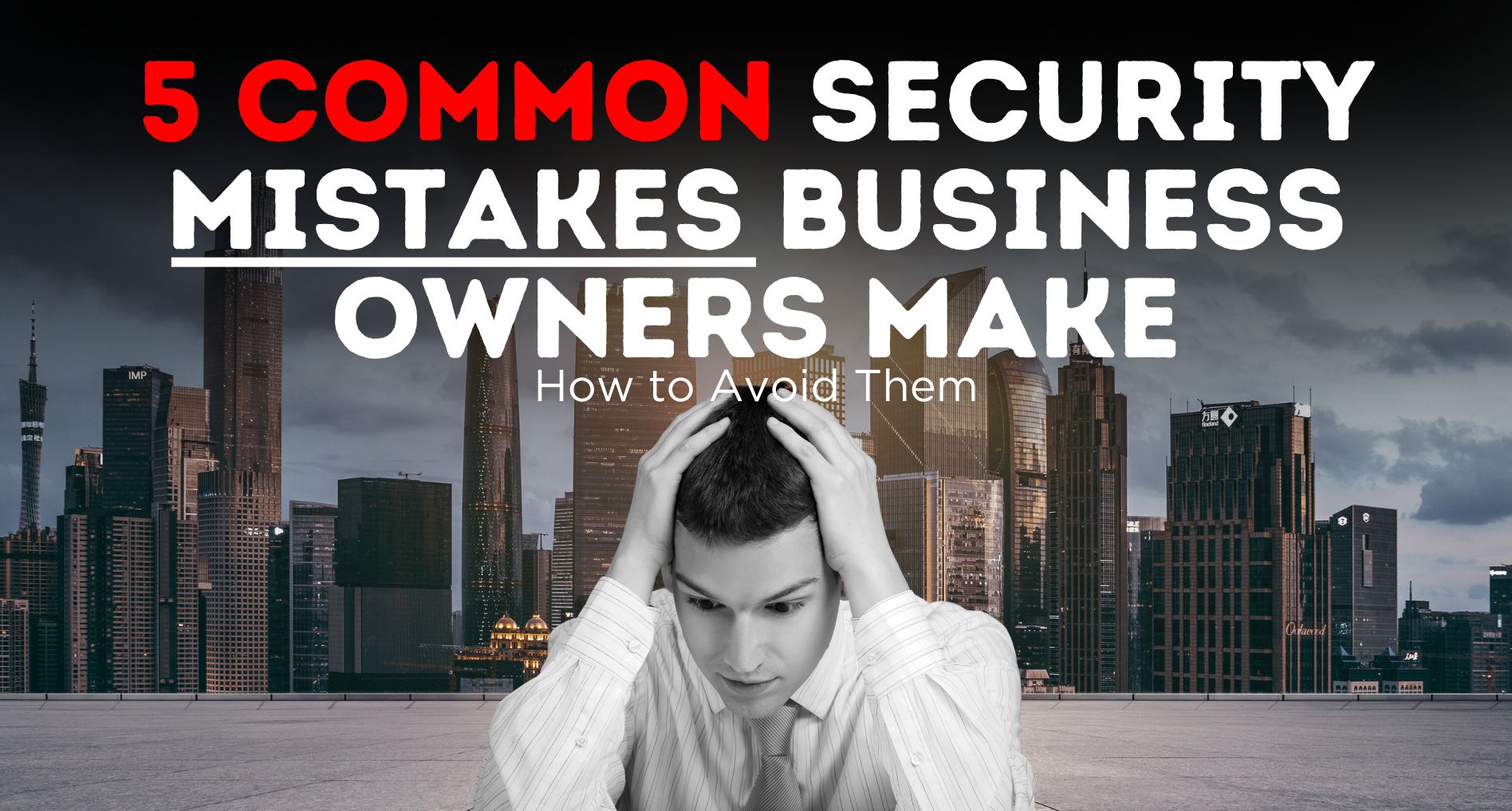
5 Common Security Mistakes Business Owners Make—and How to Avoid Them

In today’s fast-paced urban environments, security is paramount. Yet, many business owners often overlook critical security measures, leaving their properties vulnerable to threats. As a seasoned expert in urban planning and security measures, I’ve seen firsthand how simple oversights can lead to significant risks. Here are five common security mistakes business owners make and how to avoid them.
1. Ignoring Physical Barriers
The Importance of Physical BarriersOne of the most common mistakes is neglecting to install physical barriers such as bollards, barrier gates, and turnstile gates. These elements not only control access but also provide a first line of defense against potential threats.
How to Avoid This MistakeInvest in high-quality crash-rated road blockers and security gates. These barriers are designed to withstand significant impact, making it difficult for unauthorized vehicles to penetrate your property. For pedestrian areas, consider turnstile gates that can regulate foot traffic and prevent tailgating.
Real-World ExampleConsider the installation of bollards outside a busy shopping mall. These bollards can prevent vehicular attacks, ensuring the safety of pedestrians while maintaining the aesthetic appeal of the area.
2. Overlooking Access Control Systems
The Role of Access ControlMany businesses fail to implement effective access control systems, relying instead on outdated methods like keys and manual check-ins. This oversight can lead to unauthorized access and potential security breaches.
How to Avoid This MistakeUpgrade to modern access control systems that include gate barriers and security gates. These systems can be integrated with card readers, biometric scanners, and remote monitoring capabilities, providing comprehensive control over who enters and exits your premises.
Real-World ExampleA corporate office can benefit from an integrated access control system that uses barrier gates at parking entrances and turnstile gates at building entry points. This setup ensures that only authorized personnel can access different areas of the facility.
3. Neglecting Regular Maintenance
The Need for Regular MaintenanceSecurity systems require regular maintenance to function effectively. Many business owners install these systems and forget about them, leading to malfunctions and vulnerabilities over time.
How to Avoid This MistakeSchedule regular maintenance checks for all security equipment, including bollards, barriers, and road blockers. Ensure that all components are in working order and promptly address any issues that arise.
Real-World ExampleImagine a warehouse with security gates that are not regularly maintained. A malfunctioning gate can lead to unauthorized access, putting valuable inventory at risk. Regular maintenance ensures that all security measures remain effective.
4. Inadequate Risk Assessment
The Importance of Risk AssessmentFailing to conduct thorough risk assessments is another common mistake. Without a clear understanding of potential threats, it’s impossible to implement effective security measures.
How to Avoid This MistakeConduct comprehensive risk assessments that consider all possible threats, from vehicular attacks to unauthorized access. Use this information to design and implement security measures tailored to your specific needs.
Real-World ExampleA university campus can benefit from a detailed risk assessment that identifies vulnerable entry points and areas with high foot traffic. Based on this assessment, the campus can install crash-rated road blockers and turnstile gates to enhance security.
5. Poor Traffic Flow Management
The Impact of Traffic Flow on SecurityImproper traffic flow management can lead to congestion, making it difficult to identify and respond to potential threats. It can also create bottlenecks that are prime targets for attacks.
How to Avoid This MistakeWork with an urban planner to design efficient traffic flow patterns that incorporate barrier gates and security gates. These barriers can regulate vehicle and pedestrian traffic, reducing congestion and enhancing overall security.
Real-World ExampleA busy airport can improve security by installing bollards and barrier gates at key entry points. This not only controls vehicle access but also helps manage the flow of passengers, making it easier to spot suspicious activities.
Conclusion
Security is a critical aspect of any business, and overlooking even the smallest details can lead to significant vulnerabilities. By addressing these common mistakes—ignoring physical barriers, overlooking access control systems, neglecting regular maintenance, inadequate risk assessment, and poor traffic flow management—you can enhance the safety and security of your property.
Investing in high-quality